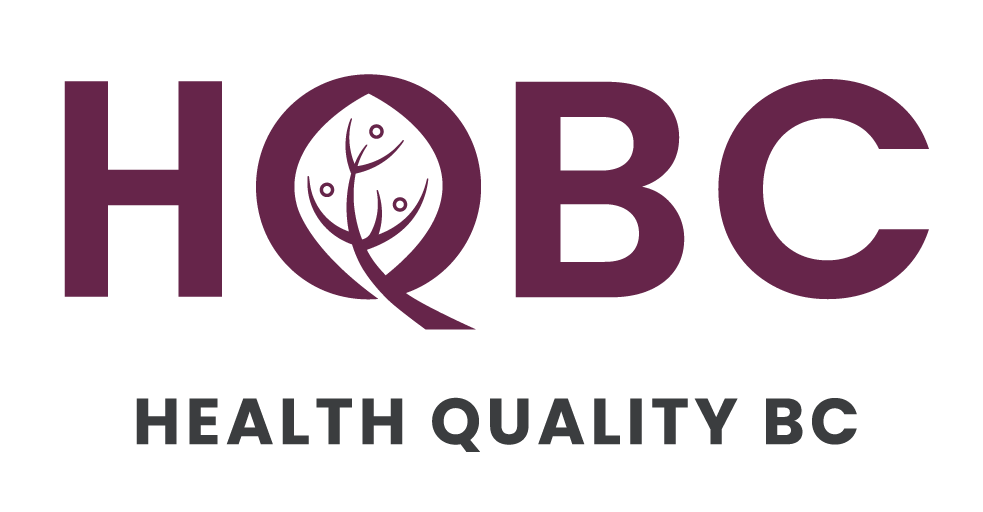Culture is “the way things are done around here.” It’s our typical attitudes and behaviours as we work together with colleagues – and it impacts the quality of care provided to patients.
That’s why positive shifts in culture are linked to improved system-related and clinical outcomes, reduction in patient safety incidents and improved patient satisfaction1.
Understanding the culture of a team or organization isn’t always easy but diving into a culture can help explore new ways of working together which can improve quality of care. Assessing a team or organization’s culture can be done in a few ways: using a survey instrument to measure culture, observing the way things are done, reviewing and analyzing incidents and interviewing team members.
In response to a need expressed by some of our partners for research which could identify the strengths and best practices of common measurement tools, we jumped in to conduct a rapid review of the literature.
We looked at seven common survey instruments used in health care settings. There isn’t one survey that captures everything, but the strength of each one relies on how it’s used. Our review offers guidance and supports their use to generate discussion, provide data for comparison and foster improvement to culture within organizations.
Ultimately, using a survey to measure culture in health care settings can raise the profile of quality and safety, promote conversations around culture and guide improvement efforts by identifying what a team is doing well and where to focus change efforts.
- Braithwaite J, Herkes J, Ludlow K et al. Association between organizational and workplace cultures, and patient outcomes: systematic review. BMJ Open 2017; 7: 1-12

